Masterclass guide to pastry making
Whether it’s a buttery puff pastry pie, crisp filo or an elegant choux dessert, pastry-making is one of the most essential and versatile skills to master in the kitchen.
We speak to Mark Reynolds, Executive Head Chef and Vice Chair of the Craft Guild of Chefs to get the lowdown on all things pasta. He has judged the Mediterranean Taste Awards and Risotto Chef of the Year, so he certainly knows a thing or two about Italian food.
“Not all pastas were created equal, which means each shape suits a particular sauce. Generally larger pasta shapes suit more robust sauces, whereas delicate or long pasta is better for smoother, cream-based sauce. Here are my top pasta shapes and sauce options.”
Spaghetti suits a seafood sauce, carbonara, or any light tomato sauce, so it coats the pasta all round.

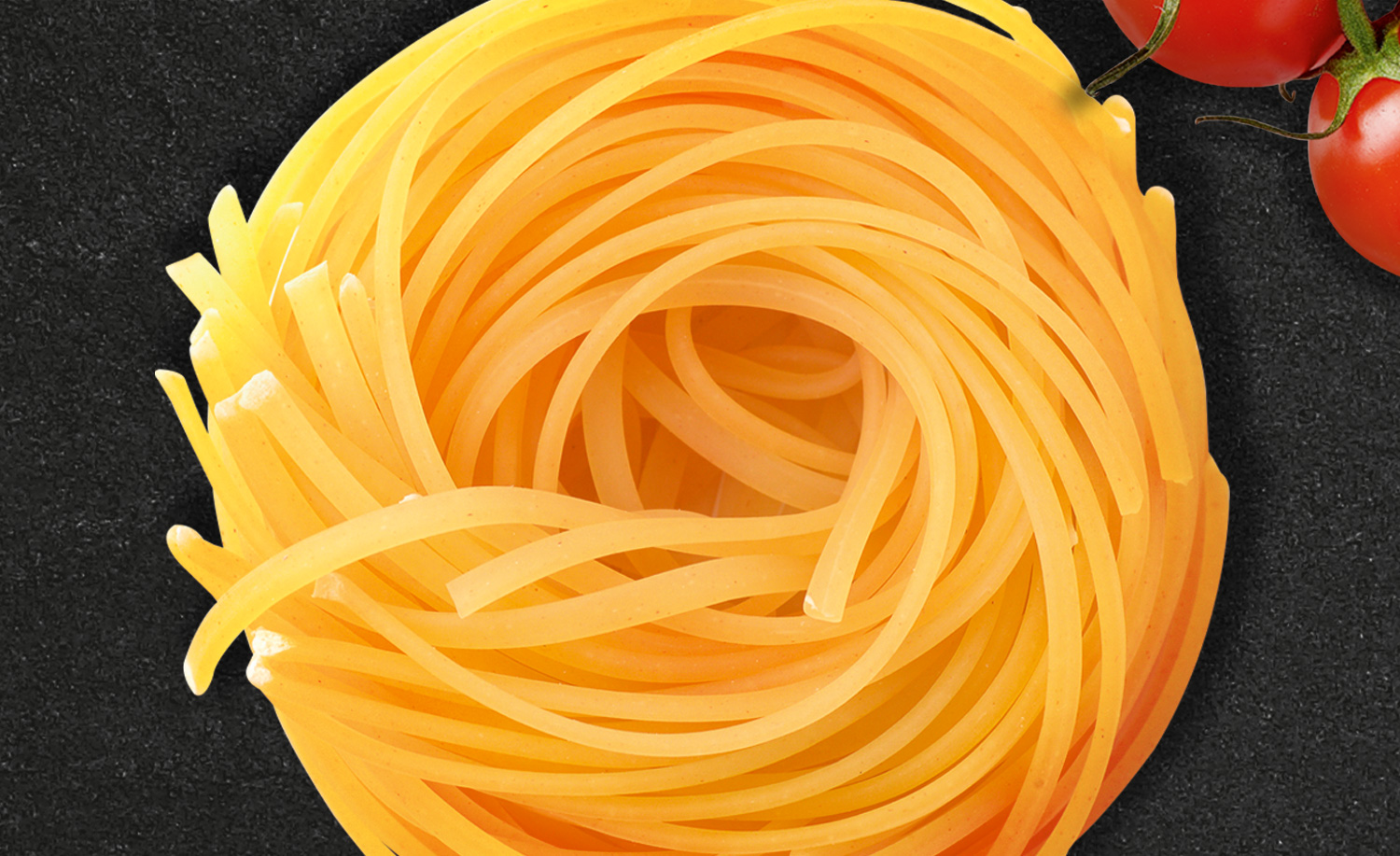
Linguine is good with fish-based cream sauce – add fresh clams and mussels finished with lots of chopped herbs.
Serve tagliatelle with creamy sauces such as carbonara. Cook the pasta fresh and serve with lots of parmesan.


Pappardelle is my favourite pasta. It holds a good arrabbiata sauce, slightly spiced and finished with goats curd. The British often serve bolognese with spaghetti, but it’s better with wide ribbon pappardelle.
Penne is a great base pasta for holding sauces, which makes it good with bolognese, arrabbiata, ragu or baked cheese dishes.
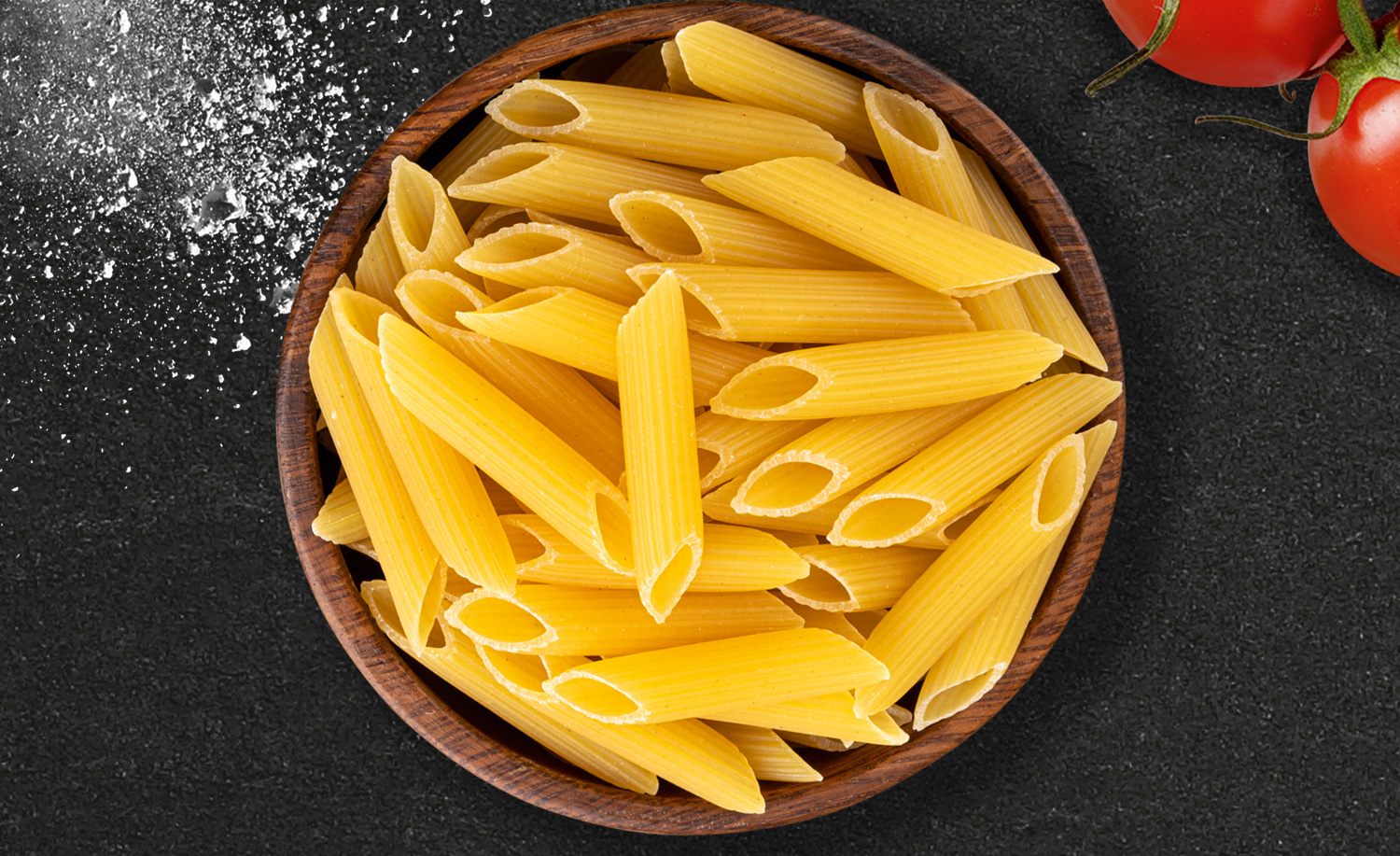
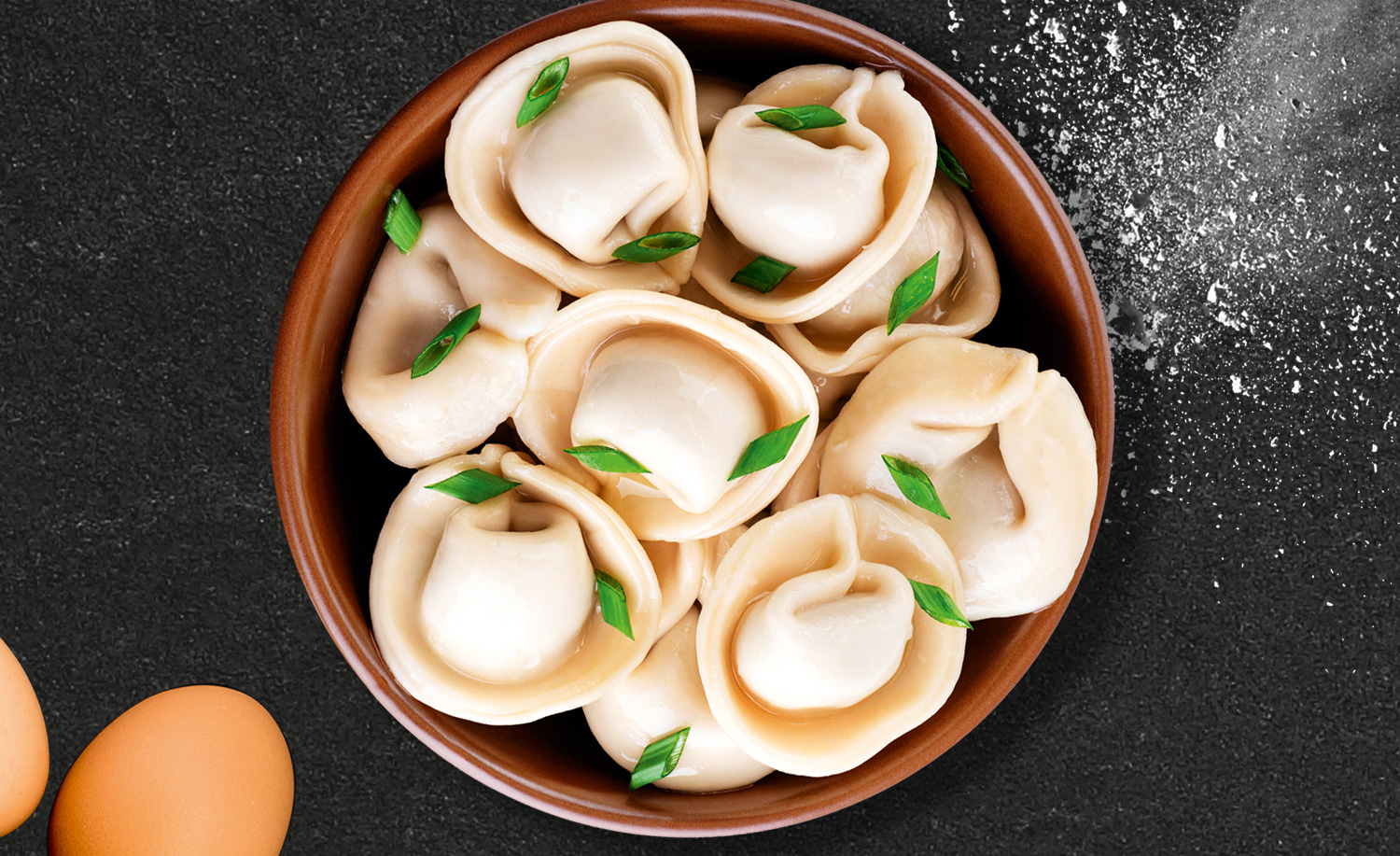
Filled pasta such as ravioli or tortellini already hold significant flavour, so they’re best served simply with butter or a flavoured oil.
Gnocchi is very versatile. It can be as simple as sage and butter or a pesto sauce or works really well with a rich tomato sauce.
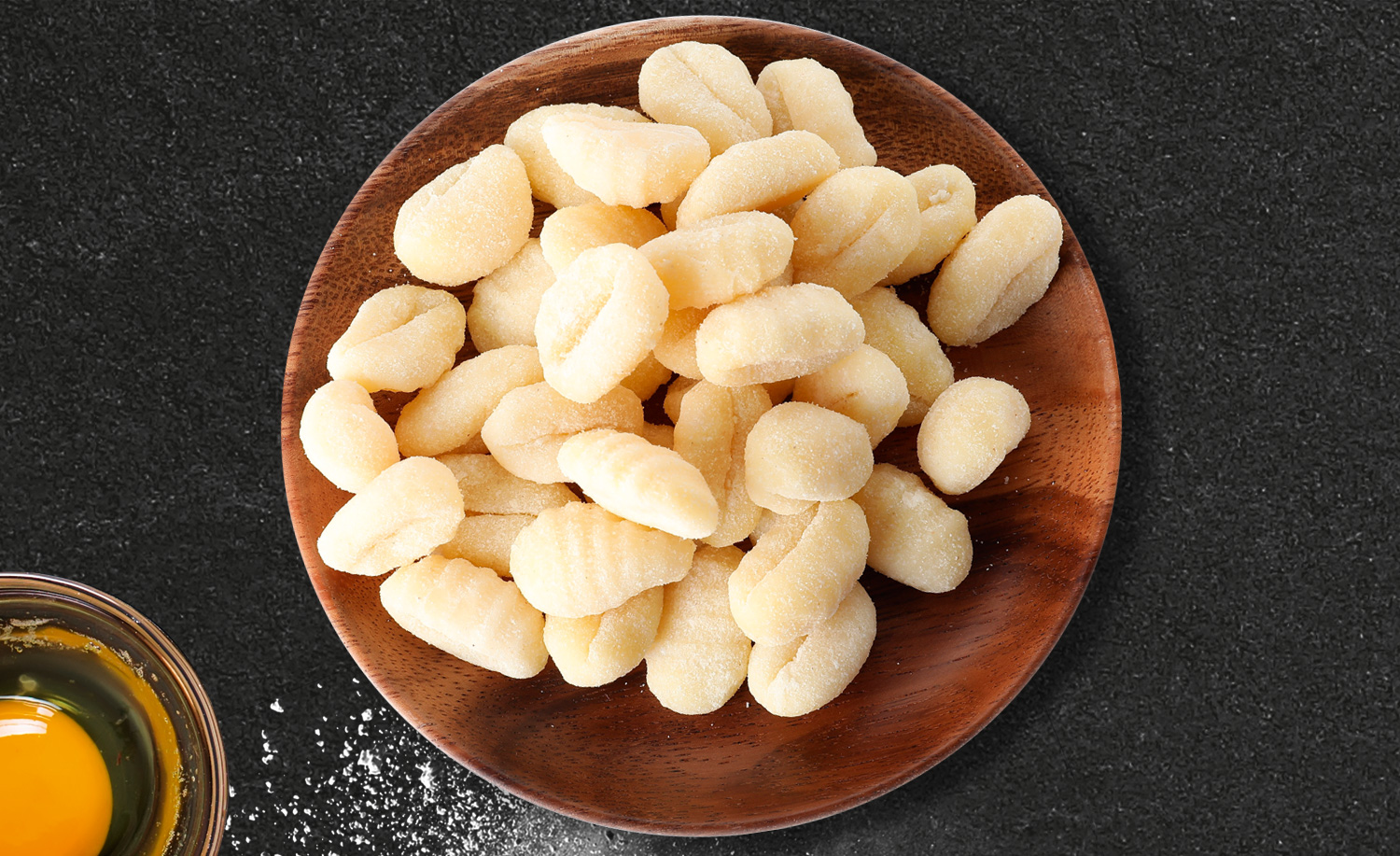
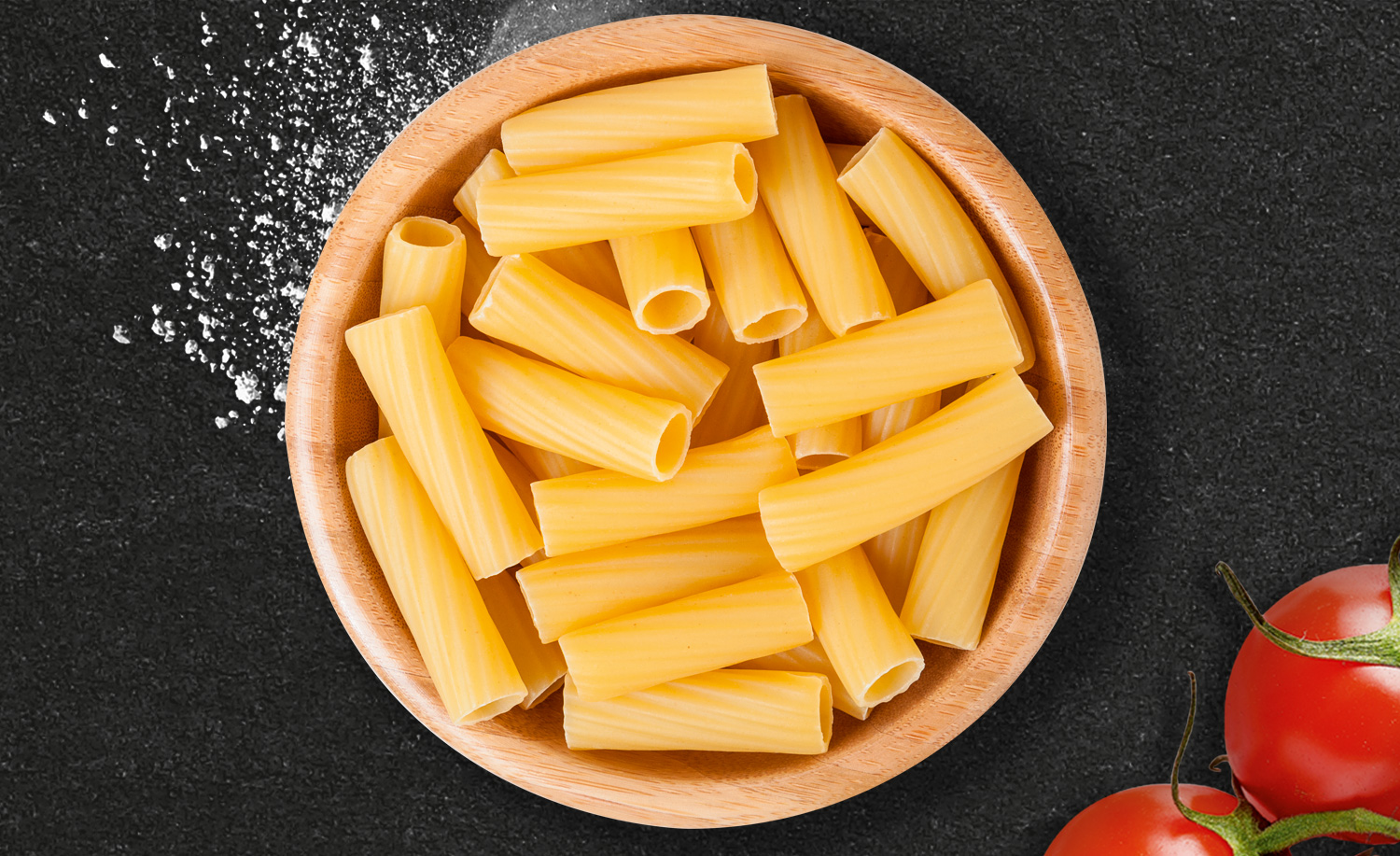
Rigatoni is great for pasta bakes. It can be prepared beforehand – then just pop in the oven to gently warm through.
Mini shapes such as fregola, orzo or ditalini are made for pasta salads, soups and stews.
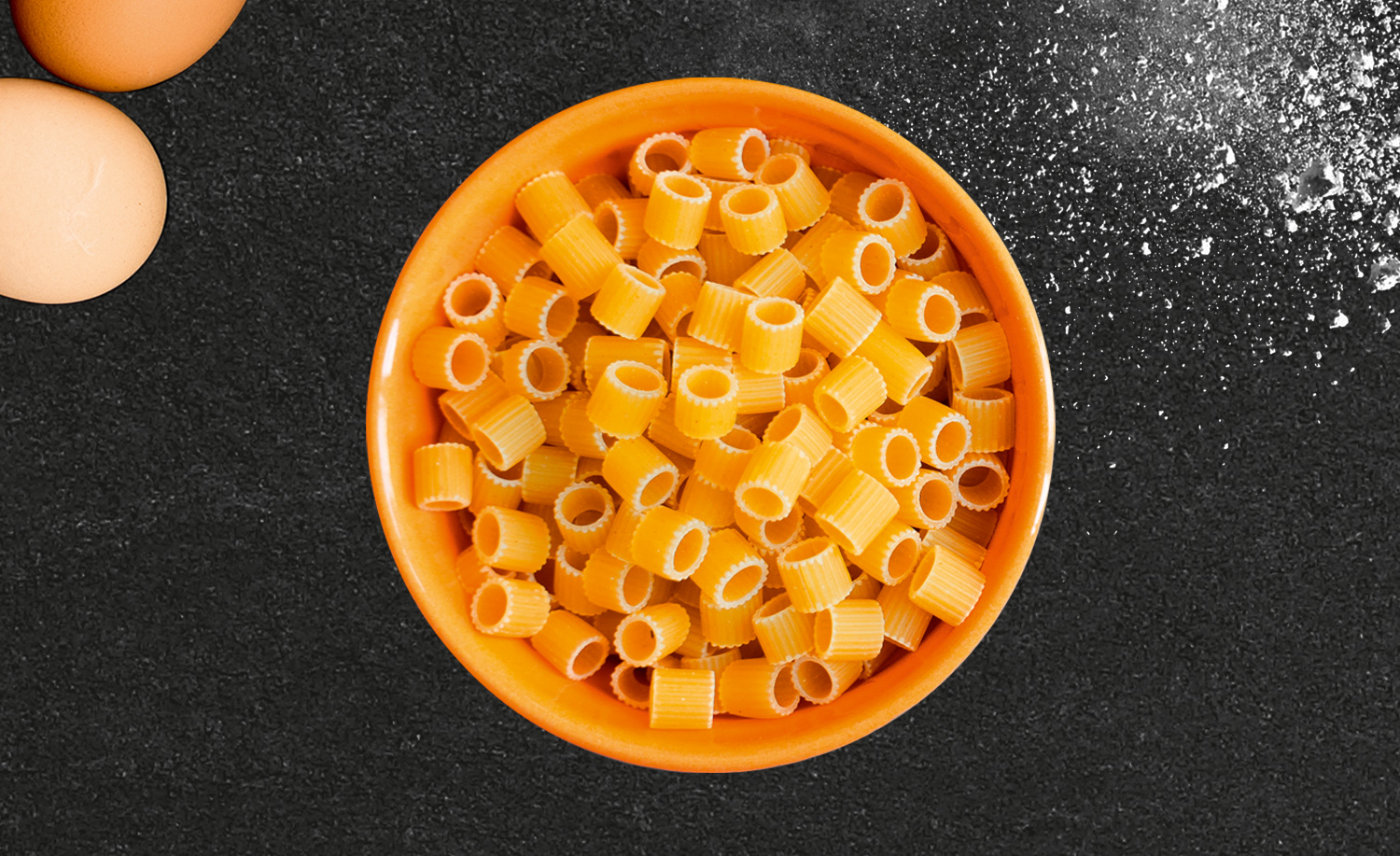
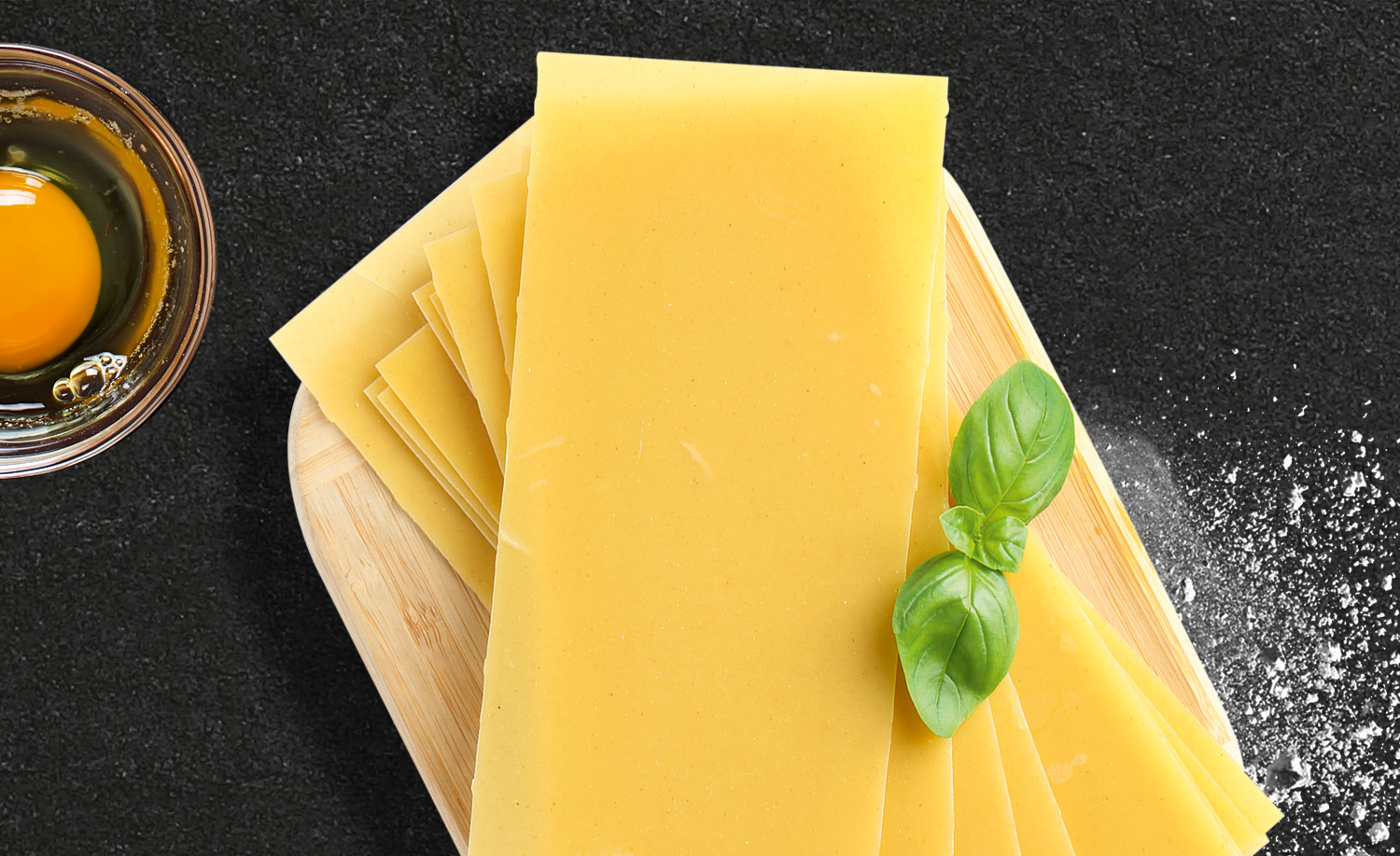
Lasagne sheets don’t usually need pre-cooking these days. Of course, they’re best for lasagna. However, for something a little different, use cooked sheets with roasted vegetables to make and open ‘lasagna’.
Always salt the pasta water to give it flavour. I like to use sea salt but be careful not to over salt it. A good rule of thumb is 1L of water and 10g of salt to cook 100g of pasta.
Pasta cooking water is a brilliant ingredient for the rest of your dish; save a cup when you drain the pasta to thin the sauce. It adds flavour and the salty starchiness binds the pasta and sauce together to give a richer dish.
Sign in to save topics you love, and build your archive of events, menus and articles.